


2011 by the Board of Trustees of the University of Illinois
All rights reserved
Manufactured in the United States of America
C 5 4 3 2 1
 This book is printed on acid-free paper.
This book is printed on acid-free paper.
Library of Congress Cataloging-in-Publication Data
Writers of the Black Chicago renaissance / edited by Steven C. Tracy.
p. cm.
Includes bibliographical references and index.
ISBN 978-0-252-03639-2 (hardback)
1. American literatureIllinoisChicagoHistory and criticism.
2. American literature20th centuryHistory and criticism.
3. American literatureAfrican American authorsHistory and criticism.
4. Chicago (Ill.)Intellectual life20th century.
I. Tracy, Steven C. (Steven Carl), 1954
PS285.C47W75 2011
810.9'896073077311dc23 2011029269
CONTENTS
Steven C. Tracy
Charlene Regester
Richard Yarborough
Bill V. Mullen
Lovalerie King
Joyce Hope Scott
Lawrence Jackson
Kimberly N. Ruffin
Stephen Caldwell Wright
Michael D. Hill
Bill V. Mullen
Kimberly Stanley
Keith D. Leonard
Kathryn Waddell Takara
Patrick Naick
Lisbeth Lipari
James C. Hall
Jamal Eric Watson
Donyel Hobbs Williams
Alan M. Wald
Elizabeth Schultz
Jamal Eric Watson
Maryemma Graham
Alan M. Wald
Robert Butler
James L. Hill
Angelene Jamison-Hall
Robert H. Cataliotti
Zoe Trodd
William R. Nash
James Smethurst
Steven C. Tracy
ACKNOWLEDGMENTS
A book like this is, of course, the culmination of a great deal of effort by many people. Most important to this book are the subjects themselves, many of whom have waited a long time to receive this kind of critical emphasis and attention, some receiving it only posthumously. To those who labored in segregated vineyards, drawing insufficient pay and inadequate recognition for their efforts, I have endeavored to provide what I could offer to them: the authors of the entries in this volume. To these critics I extend my heartiest thanks for their insights and remarkable writing skills, their commitment to the project, and their patience as it moved through the process of publication. Of course, I felt much better knowing that these critics were aboard to do justice and honor to their subjects, and through that to themselves. It was also my honor to work again with Joan Mary Catapano, who retired well into her wonderful work on this project, and with Director Willis Regier, Acquisitions Editor Daniel Nasset, manuscript editor Jennifer Clark, Marketing Copy editor Joe Peebles, and the excellent copyeditor Nancy Albright, all of whom reminded me how wonderful it is to publish with University of Illinois Press. Manuscript readers Professors William Maxwell and Amritjit Singh were invaluable as manuscript readers who provided thorough commentaries on the entries. Erica DeJong worked with me for a semester as student assistant on the project, doing some valuable work with the manuscript. My colleagues in the department of Afro-American Studies at the University of Massachusetts Amherst have been supportive throughout my work on the volume, and I particularly acknowledge the involvement of Professor Jim Smethurst, who was certainly there to listen and advise through all the vicissitudes of this project. I also have valued the support and interest of Professor Lianggong Luo of Central China Normal University, Professor Roy Kedong Liu of Harbin Institute of Technology, and the wonderful students at those universities and at the University of Massachusetts Amherst. Sincerest gratitude also goes to the Deans of the College of Humanities and Fine Arts at the University of Massachusetts Amherst: first Lee Edwards, then Joel Martin, and finally Julie Hayes, have been remarkably supportive of all my endeavors while this project has been on the burners. Finally, I offer my thanks for all their love and support to my wife Cathy and childrenoh, they are 26 and 19, hardly children anymore!Michelle and Michael for putting up with a bi-polar and obsessive-compulsive dad. On to my next project.

INTRODUCTION
Steven C. Tracy
Even the seasoned critic writing on the subject under consideration here can fall unconsciously and automatically into writing Harlem Renaissance rather than Chicago Renaissance. That is how prominent the Harlem movement still is in the minds of scholars of African American literature: it is mere second nature to write Harlem with Renaissance. Not that the Harlem Renaissance is not supremely important. Some scholars believethough fortunately not all of themthat not much of literary value was written by African Americans before the pivotal era that produced Jean Toomer, Langston Hughes, Claude McKay, Jessie Fauset, Countee Cullen, Nella Larsen, Wallace Thurman, Zora Neale Hurston, Arna Bontemps, Anne Spencer, and others. The literary, indeed cultural, outpouring of the Harlem Renaissance produced unprecedented publishing opportunities in journals like The Crisis, Opportunity, The Messenger, The Survey Graphic, The Nation, Garveys Journal, Negro World, and many others, white- and black-run, as well as journals that had both white and black editors, as did Liberator when Mike Gold and Claude McKay were coeditors. Attention that had been experienced previously only by stray African American writers such as Phillis Wheatley, Frederick Douglass, Frances E. W. Harper, Paul Laurence Dunbar, and Charles W. Chesnutt focused on a larger group of African American writers. And when the Harlem Renaissance ended, its destruction fueled by the stock market crash and, in some ways, by attraction to leftist political movements that actually predated the crash and provided positive impetus for a number of social, political, and literary issues in the lives of African Americans, it seemingly left a gulf not filled until the Black Arts Movement of the 1960s. That gulf has been more in African American literary criticism than in actuality.
The late 1930s through the 1950sroughly the time period of what Robert Bone first labeled the Black Chicago Renaissancewere not just years when isolated individuals like Richard Wright or Ralph Ellison or James Baldwin or Gwendolyn Brooks wholly dominated the African American literary scene. But the center that could not hold in Harlem had moved to another prominent destination of the great Black migrationto Chicago. To many, the Chicago Renaissance seemed to be less consciously a movement, with policies, activities, organs of publication, and purposes of its own. Actually, many critics have regretted the Renaissance label, for both Harlem and Chicago, because neither was an actual rebirth or resurgence that brought immediate, profound epochal changes. However, each represented avant-garde political, social, and artistic thinking that eventually produced a stage upon which African American writers could redefine their relationships to American society and the world; therefore, calling each a Renaissance is not really problematical in the sense of the term as a renewal of vigor, energy, or life produced by a newly minted but broad-ranging vision. Indeed, what we call movements are frequently somewhat loose aggregations of writers, few of whom fit all of the criteria later established by critics for the group, that resist wholly satisfactory definitions. However, the Chicago Renaissance did have its influential major figures (Wright, Brooks), its major influences (Naturalism, Chicago School of Sociology, leftist politics), its clubs (John Reed Clubs, South Side Writers Project), and publishing organs, both black and white (
Next page

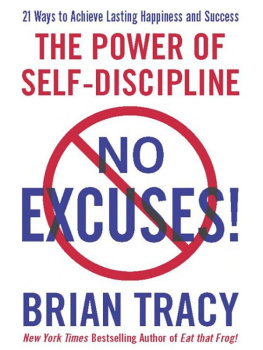



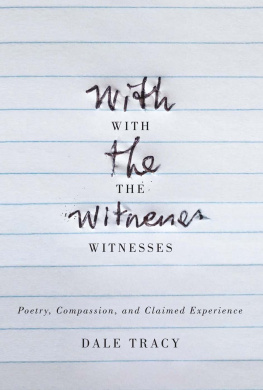


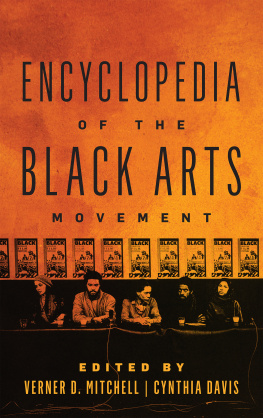


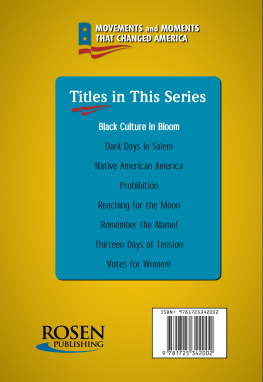

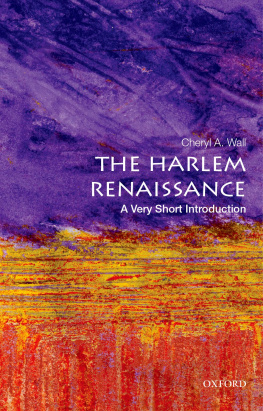
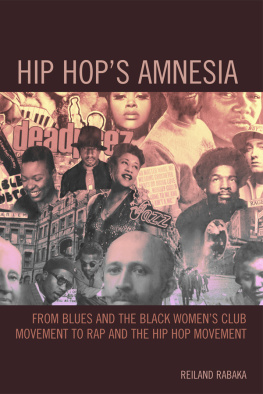

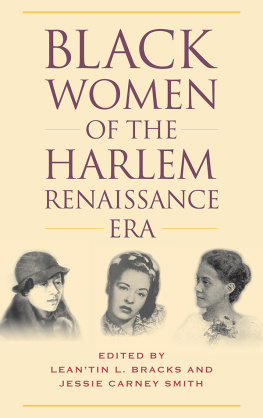




 This book is printed on acid-free paper.
This book is printed on acid-free paper.